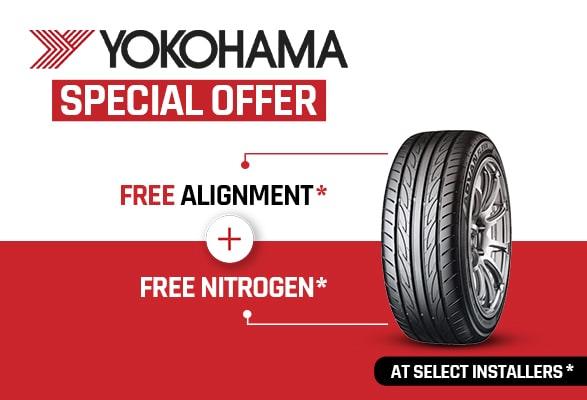This Is How Tires Are Manufactured - Complete Tire Making Process
Millions of tires are sold every year throughout the world. It is the only part of the whole vehicle that is in contact with the road. If you have been following the PitStopArabia blog closely, you now know that tires are amongst the most critical component of the vehicle. It is responsible for traction, handling, steering, braking, acceleration, and so much more.
When you look at a tire, it may seem like just an ordinary round piece of rubber mounted on your vehicle. Most people are unaware of the amount of research, time, and money that goes into the tire manufacturing process. Let alone the manufacturing process, just the design phase of the tire takes a considerable amount of time and money.
It is not wrong to say that manufacturing a tire requires the same amount of time and money that goes into manufacturing a high-tech product like a smartphone. Therefore, in this article, PitStopArabia discusses the complete process of making a tyre. The following steps are involved in the whole process:
1. Understanding Through Research
First, a lot of research is undertaken to understand what the need of the day is, and what type of tyre people need. Once the needs of the people are understood, the next step is to make sure that the product satisfies the needs of all the people. A lot of time and money is invested in ensuring it.
Once that is done, it is time to move to the next step.
2. Developing and Mixing Materials
A typical tire involves more than 200 ingredients. These ingredients are responsible for various things, including safety, performance, mileage, fuel efficiency, and much more. Typically, the materials can be divided into five types:
- Natural Rubber
- Synthetic Rubber
- Carbon Black and Silica
- Metallic and Textile Reinforcement Cables
- Numerous Chemical Agents
The tread layers which are responsible for various things is composed of natural rubber. The synthetic rubber is also used in the treads. Carbon Black and Silica are added to ensure that the tires are durable. Carbon black is what gives the tyres their black colour as well.
The metallic and reinforcement cables are the ones that provide the overall structure of the tire. It is on this structure that the rubber is mounted. Finally, numerous chemical agents are added for various purposes including grip, fuel efficiency, eco-friendliness and more.
Once this phase is complete, the next step is to move towards the design phase.
3. Designing
It is perhaps one the most time consuming and costly phase of the whole process. Different designs are created and then tested. It allows the manufacturer to test out the best possible design and then manufacture them on a large scale.
4. Manufacturing
Once the design phase is completed, the next step is to move towards the manufacturing phase. Once the best design is selected, the tyre manufacturer uses different processes to manufacture the tire. Handmade and automated processes are used. Manufacturers such as Michelin are known to invent special machines for their manufacturing process.
5. Quality control
People wrongly believe that quality control is conducted at the end. It is a recurring process that is undertaken through the whole process of tyre manufacturing, i.e. from start to end. Michelin claims that it does testing every year of about 1 billion miles. For some, it might not seem like a significant number. However, it is equivalent to driving around the planet 40,000 times.









































Conclusion
With this, we conclude today’s article. We are hopeful that the article is an informative one and that you can use the knowledge in the future. Please do keep in mind that the manufacturing process may vary from manufacturer to manufacturer. Nevertheless, the above five steps are mostly common to all tire manufacturers.